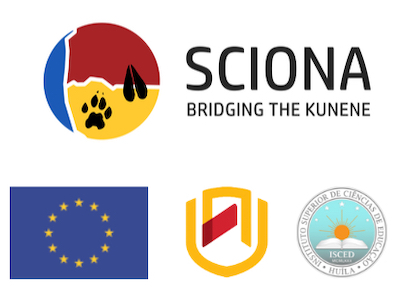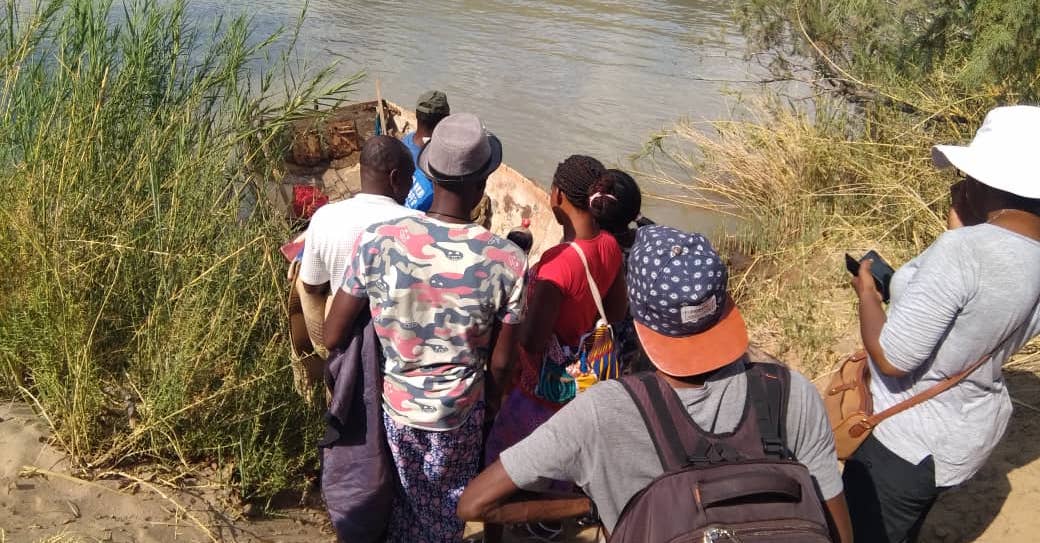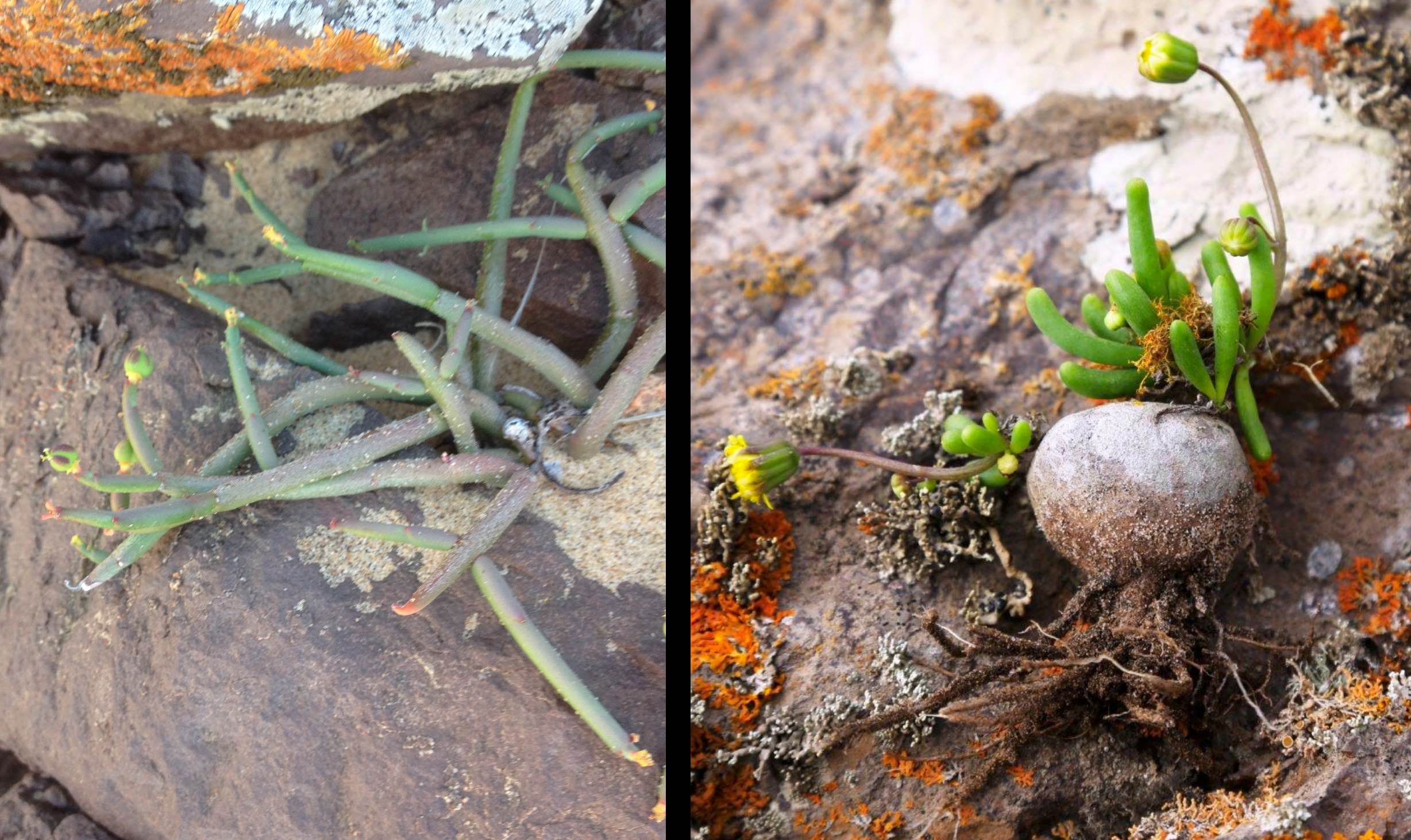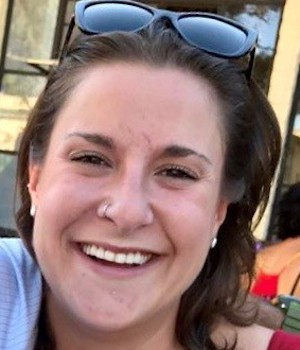
Conserving the Skeleton Coast and Iona Trans-frontier Conservation Area
Namibia University of Science and Technology
The Skeleton Coast and Iona National Parks in Namibia and Angola respectively were declared a Trans-frontier Conservation Area (TFCA) in May 2018. This is one of several TFCA’s declared in Africa (Namibia is part of two others), which are designed to facilitate joint management decisions regarding protected areas that straddle international borders. These decisions include wildlife conservation, tourism and livelihoods among rural communities living within or near the TFCA. The neighbouring countries are thus able to share resources and lessons learned from their respective conservation programmes to strengthen their combined effort.

In 2018, the Namibia University of Science and Technology (NUST) was awarded the project Co-designing conservation technologies for Iona-Skeleton Coast TFCA (Angola -Namibia)
, which they dubbed SCIONA in reference to the two National Parks, by the European Union. This 3-year project, ending early 2021, aims to strengthen cross-border ecosystem management and wildlife protection in the TFCA through co-designing and implementing conservation monitoring technology with the park authorities and surrounding communities. The project builds on the Namibian experiences with community involvement in ecotourism and conservation. Namibia has been at the forefront of devolving natural resource management authority to the local communities through its Community-based Natural Resource Management (CBNRM) programme.
During the first phase of the SCIONA project, NUST assessed the current ecosystem, community, and management status of the TFCA. The second phase consists of strengthening the community-driven natural resources governance structure. In particular, we will explore natural resources monitoring by the communities in cooperation with park officials and Namibian and Angolan students. Monitoring is a key first step towards developing various livelihood activities based on these resources, such as eco-tourism and sustainable use. To this end, we have trained 20 para-ecologists on the project thus far. A para-ecologist receives practical ecological training relevant to where they live, such that they can support research activities.
The third phase of the project is to establish a cross-border management information platform. Conservation monitoring technologies will be deployed and integrated, including an online portal, and a community monitoring hub will be set up. All phases will feed into an integrated ecosystem management framework, developed in close consultation with Namibian and Angolan stakeholders.

Many exciting discoveries and landmark achievements have been made since project inception. The NUST team have made over 44 field trips and have engaged with the Namibian and Angolan Ovahimba and Curoca communities to build relationships and establish a collaborative partnership. As there is no bridge in this remote area, the team rowed over the Kunene to attend transboundary workshops with our Angolan counterparts.
In terms of research, four papers have been presented at conferences and 21 electronic devices have been deployed to assist the local communities in collecting essential and vital biodiversity data. On the 1st of March 2019 Dr. Tjama Tjivikua from NUST and Professor Jose Luis Mateus Alexandre from ISCED (Instituto Superior de Ciências de Educação da Huíla), a Higher Education Institute in Lubango, Angola signed a cooperation addendum. This formalises a partnership between the two research institutions that will enable closer collaboration on research projects in future.

This region is known to support unique biodiversity and our renewed efforts to study it were rewarded with the discovery of two new plant species on the Namibian side, namely Euphorbia rimireptans and Crassothonna agaatbergensis. A camera trap study in Iona on the Angolan side also produced excellent results. Among these, a brown hyena record was perhaps the most exciting, as the species was previously considered extinct in Angola. We were also pleased to record a cheetah with her young. The team was, however, concerned to find Hartmann mountain zebra-donkey hybrids that threaten the reproductive potential of the local zebra population.
In July 2019 four giraffe were collared in Marienfluss Conservancy in partnership with Giraffe Conservation Foundation. These giraffe are monitored weekly, and monthly reports based on these data showcase their movements. The ultimate goal of this project is to re-establish a population of giraffe in Angola.
We have had 27 students doing Honours, Masters or Doctorate degrees on topics relevant to the overall project. Because the research goals are holistic, the students are from a range of different disciplines, including Agriculture, Agribusiness Management, Natural Resource Management, and Computer Science. Their thesis topics are similarly diverse, for example: Analysis of the drivers of human carnivore conflict to determine carnivore depredation hotspot in selected north-west conservancies of Namibia
and Plant influences on soil biogeochemistry, taxonomic and functional diversity of soil microbial communities in a hyper-arid desert
.

For more information and regular updates on our progress, visit our website sciona.nust.na, alternatively if anyone wishes to contact us directly, please e-mail Amber Nott at anott@nust.na.
For articles on similar topics, please click one of the following options:
If you enjoyed this page, then you might also like:




The SCIONA project aims to strengthen cross-border ecosystem management and wildlife protection in the Iona – Skeleton Coast Transfrontier Conservation Area (TFCA) through co-designing and implementing conservation monitoring technology with the park authorities and surrounding communities. The SCIONA project builds on the Namibian experiences with community involvement in ecotourism and conservation. Namibia has been at the forefront of devolving natural resource management authority to the local communities through the legally mandated Community-based Natural Resource Management (CBNRM) programme.

Mrs. Amber Nott is currently the project coordinator of the SCIONA project at NUST. Trained as a zoologist in the USA, she has mainly worked with indigenous plants for the last 9 years since moving to Namibia. She holds an MSc in Spatial Science and also does consultancy work in conservation based projects, primarily focusing on indigenous natural products and timber trade.
We use cookies to monitor site usage and to help improve it. See our Privacy Policy for details. By continuing to use the site, you acknowledge acceptance of our policy.